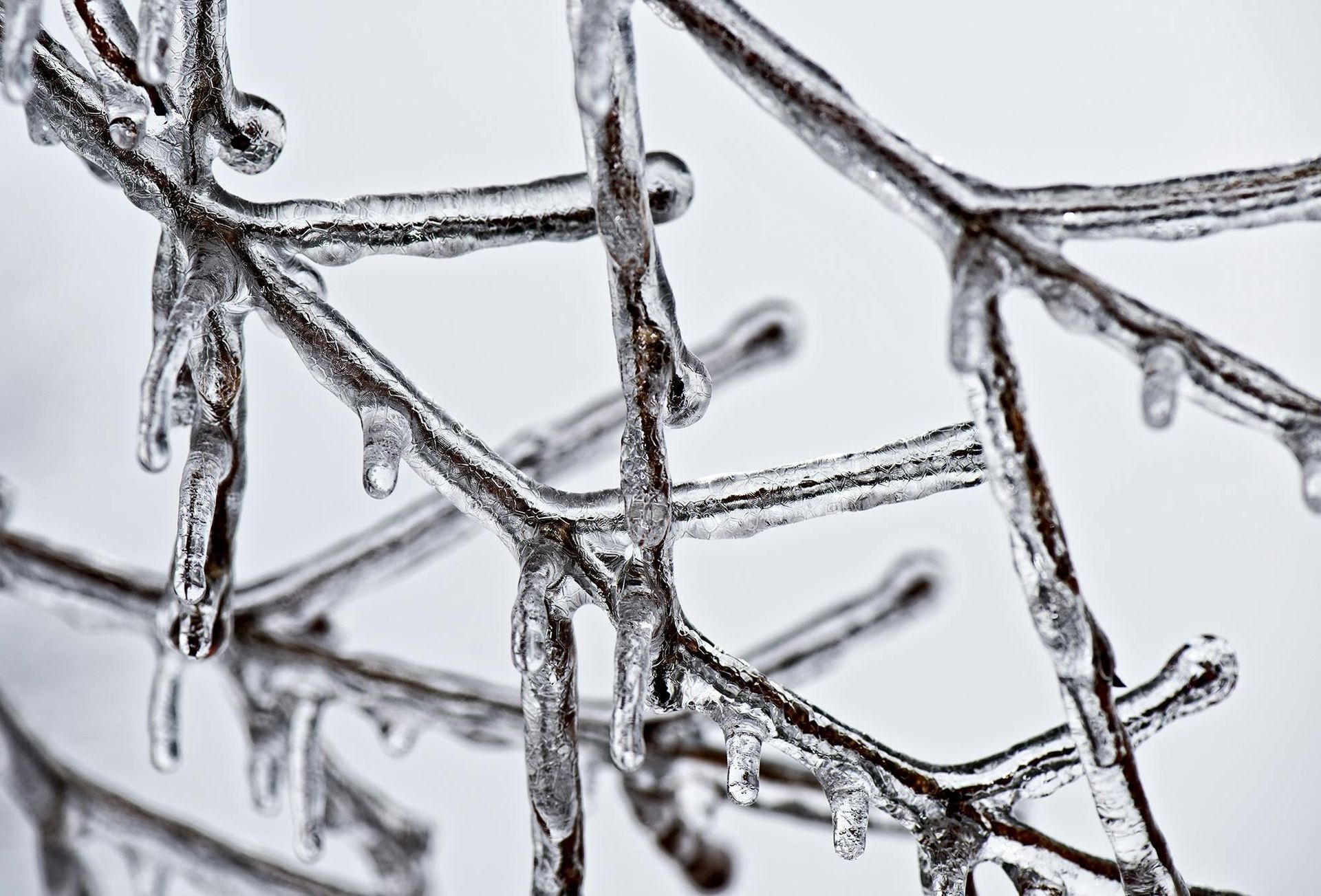What is SEER2?
SEER2 is an improvement over the previously used SEER rating, which stands for Seasonal Energy Efficiency Ratio. It's important to note that these numbers do not tell you how much electricity an AC unit will use; instead, they tell you how well it will cool your home based on its size and design. The higher the SEER number on your unit's label, the more efficient it will be at cooling your home, saving you money in energy costs over time!
SEER vs SEER2
The most significant difference between SEER and SEER2 ratings is that the latter takes into account all kinds of factors like humidity levels and climate conditions to accurately measure energy usage (and, therefore, savings). With this in mind, if you live somewhere where it gets really humid during certain seasons or even year-round--like me--it might actually make sense to buy something with a SEER2 rating higher than my current unit's SEER 16 instead of getting something cheaper but less efficient!
SEER2 is an improvement over SEER, but it's also more expensive.
SEER2 uses up to 20% less energy than its predecessor
SEER2 costs about $100-$300 more per unit than regular AC's with the same capacity (i.e., 3 tons).
Need help understanding it all?
2023 has brought many changes to the HVAC market. From SEER2 to inflation and continued product shortages; simply trying to heat your home this winter might seem overwhelming. H&H Mechanical is here to help guide you through these difficult times and are always here to answer any questions you may have.






